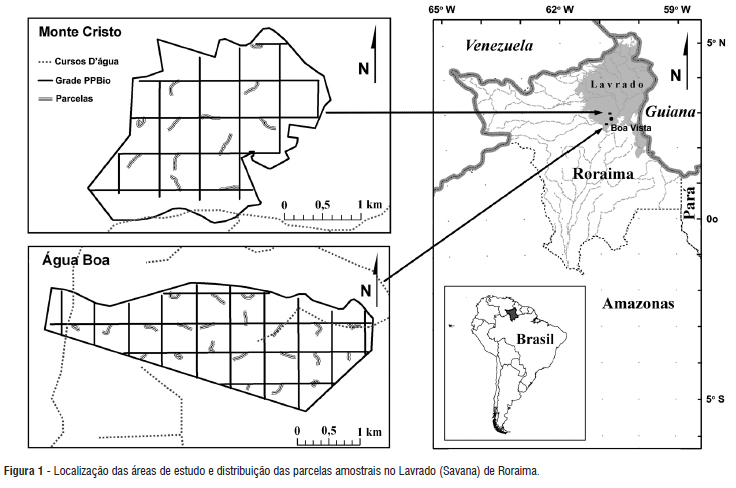Edaphic factors have been indicated as a determinant of the distribution of plant communities in Amazonia. The aim of this study was to detect which edaphic factors determine the occurrence of herbaceous legumes in Amazonian savannas. Therefore, an inventory of herbaceous flora of the family Leguminosae was conducted in 34 permanent plots established in two savanna areas of Roraima, northern Brazilian Amazon. The importance value index was higher for Chamaecrista desvauxii (24.9%), Aeschynomene hystrix (15.7%) and Galactia jussiaeana (10.8%), all having high abundance and wide distribution. The results indicated low density or absence of individuals and species in plots established on poorly drained soils (hydromorphic). Diversity and species richness tended to be higher in habitats formed on well drained soils, greater fertility and lower concentrations of exchangeable aluminum. It is suggested that poor and seasonally flooded soils tend to reduce the chances of occurrence of herbaceous legumes in savanna areas of Roraima, adversely affecting its richness/diversity.
ecology of community; cerrado; lavrado; Roraima

 Edaphic factors determining the occurrence of herbaceous legumes in Amazonian savannas
Edaphic factors determining the occurrence of herbaceous legumes in Amazonian savannas


